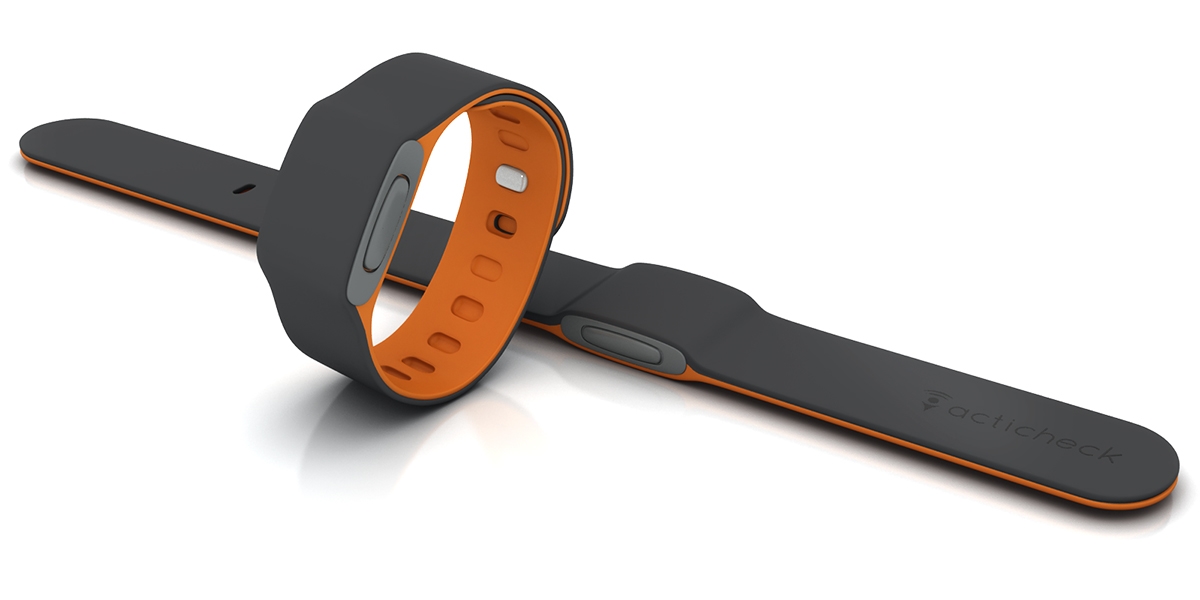Taking an engineering idea from concept to shelf
As an engineer I enjoy the technological challenges I encounter every day. I might be making simple product enhancements to a project, for example, adding a new feature or lowering product power. Alternatively, I may have to manage complex ideas such as a new communications protocol. By Bill Garland, Engineering Director, Acticheck.
It’s great that engineers like me enjoy being innovative, however our activities ultimately need to result in products that people will buy. While we may be confident that an idea developed in the workshop can get onto the shelf and will be functional, how can we make it look stylish enough that customers will pay to take it off? People don’t buy technology, they buy user experience.
Using an example from my own experience - I am currently part of a start-up project which is led by the founder’s vision of offering real benefits to answer a specific set of needs. In summary, the brief presented to me was this: “We want a wrist-worn monitor. It should link to a central database 100 times a day to check the wearer is OK and it should allow the wearer to call for help. It has to be light, water resistant and stylish. The tricky part? The battery life has to be at least two years.”
Once I had concluded that this was technically and commercially achievable the project got underway. I was lucky that the team I was working with had identified a need at the same time as the core technology supporting the idea became available; many ideas are ahead of their time and fail because technology still needs to catch up.

I have an engineer’s brain; it’s one thing to know a concept will work; it’s another to package that idea in a format that will appeal to the end user. The question then is how to get around this?
My advice? Involve others from an early stage. Bring in a marketing expert to challenge you. ‘That’s an interesting function, how will it benefit our customers?’ is a phrase you should hear often. While frustrating at times, it’s important to recognise that if there isn’t an immediate answer then maybe the idea is one to park for the future, not one to tackle now.
It’s a common weakness, technology for technology’s sake, and we can see it at play in the wearable technology sector. Global companies are cramming as much cleverness into their devices as they can and, as a result, are only able to boast about 36 hours battery life. If engineers create solutions for problems that don’t exist then their employers might get a return on their investment through economies of scale, but their technology will fail to reach a mass market. Consumers need to see a real advantage to invest in technology; they need to see how it will improve their quality of life.
I suggest taking a different approach. Rather than loading a device with unnecessary functions, implement only those that translate into a tangible benefit for the customer. For example, if working with an assistive technology, only create features that promote safety and act to safeguard well-being.
The most important point when transforming a theoretical technology into a business is when you determine if the idea is commercially viable. Engineers need to determine a component’s costs and lay down development timescales. At the same time, marketing experts must use this information to determine the selling price and likely uptake based on these points.
To ensure product viability, engineers must also work with the product’s industrial design company from the outset of the project. Industrial designers can offer expertise on styling, materials and production that, I would suggest, most engineers don’t have. To be appealing to a consumer market and, let’s face it, who doesn’t want to see people using their invention, they need to focus on style at the same time as substance. How will the engineering vision be packaged? How will someone feel about owning or being seen to own the end-product?
Throughout the product development process there is one thing that everyone must keep in mind - a product will not sell itself. The company behind the product will need to devote significant time and effort to selling. That job will be significantly easier if the team has communicated with each other throughout.
 |
Author Profile: Bill Garland is the Engineering Director at Acticheck. The company’s first product, the Assure, is a balance of style and ease of use and incorporates innovative patent pending battery management technology to achieve a two year battery life. |










